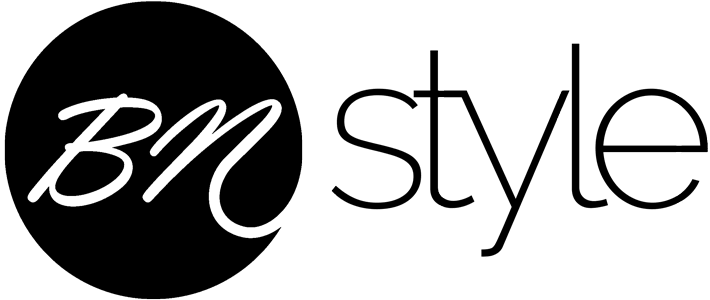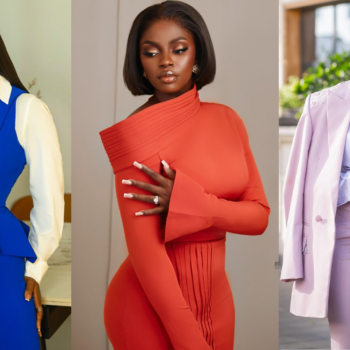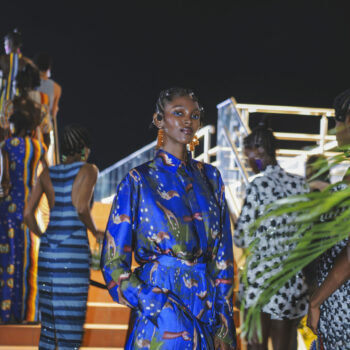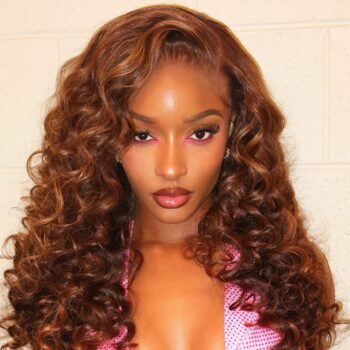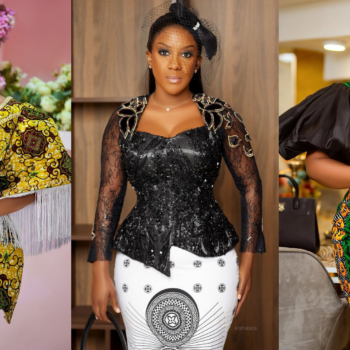Meet William Ukoh, the photographer behind the most fashion-forward editorials. Despite his humble beginnings, a small apartment on the mainland stretch of Lagos, Nigeria, the 29-year-old always had big plans – like being the first black photographer to shoot a Vogue cover, he said in an interview with VICE Media
When I saw that I was like, “Whoa, I need to figure out my goals again.” But another part of me just thought how ridiculously amazing that was.
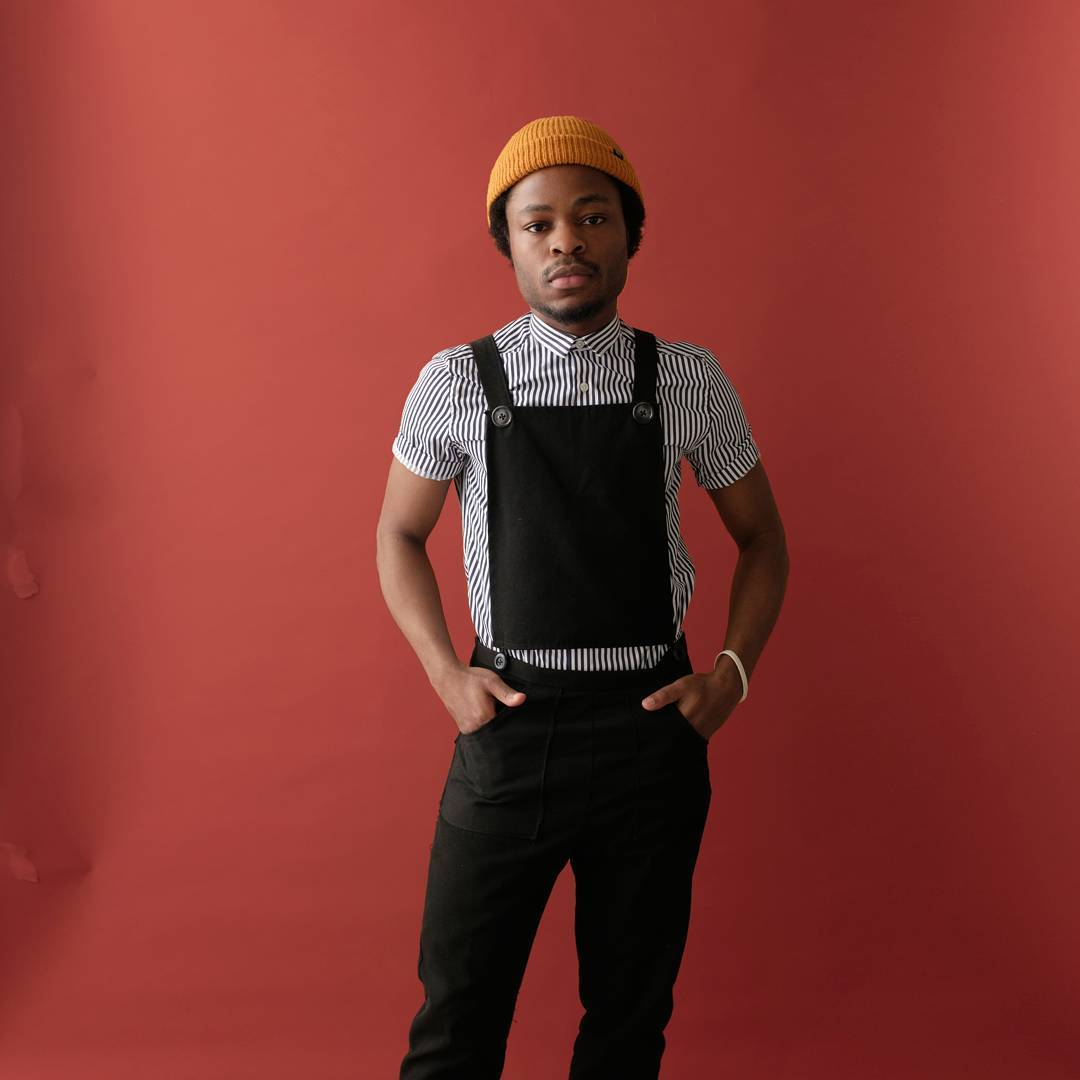
It just proved everything to me. When I used to tell people I wanted to be the first black photographer to do that, to shoot Vogue, it was always sort of like, “Oh, you need to get to this level, you need to be 40 or 50 years old.” In retrospect, if I had more confidence in myself, I probably wouldn’t have let those thoughts get to me.
In this exclusive feature, Connor Garel sits with the photographer popularly known as Willyverse, to talk about his work, his childhood, and the future of black photography.
Read the excerpts from his interview below:
On when he started taking pictures
I actually can’t remember the exact timeline now, as far as when exactly I started taking photos. I’m just going to say it was probably five-ish years ago. My sister took a course at U of T (University of Toronto), like a digital media course or something, and they required her to use a DSLR. So, she brought the camera home. I played around with it, loved it and was like, “I have to get one for myself.” After that, I started taking pictures on my own, with a Sony Alpha 350—this bulky DSLR thing. I think initially it was just interesting to be able to tell stories. I was always interested in telling stories, but I was studying computer science at McMaster at the time, so as far as creativity goes, there was none. So having the camera was interesting because I was able to explore that side for the first time.
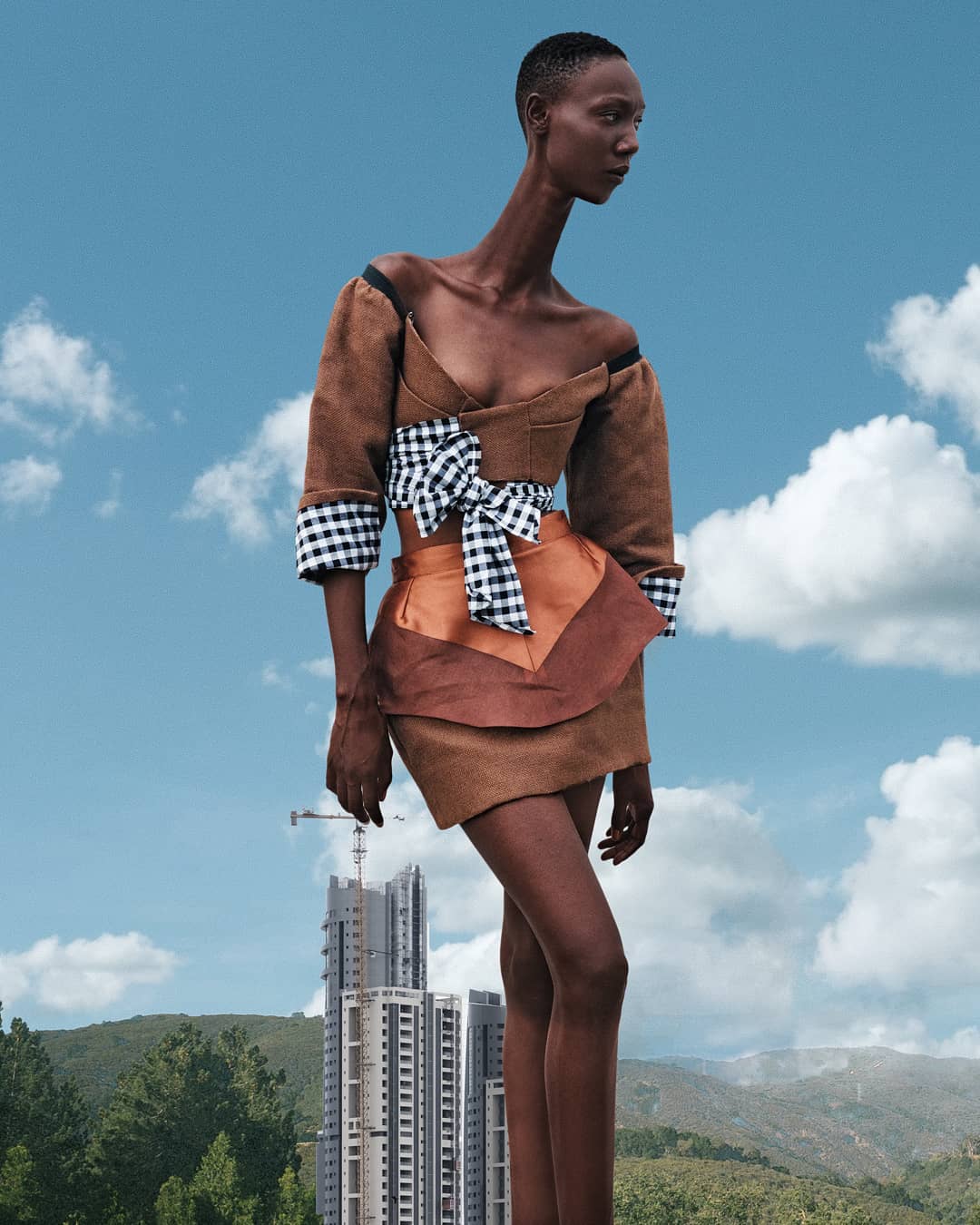
On why it is important for him to use black models
It really just goes back to telling stories that I can relate to. When I finally decided to do fashion photography, I noticed that most of the faces you see are white models and after a while, consciously or unconsciously, I just gravitated toward black models. Which isn’t to say I’m never going to shoot a white model—it’s just that every time I’m telling a story, from a personal experience, I feel a black model would represent that story best. When I’m doing fashion lookbooks or campaigns, that is totally in the hands of the client. I can’t control what other people’s stories are, and I’m very willing to shoot those because it’s an opportunity to grow and to learn about other people’s experiences. But as far as my own stories, it should be someone who looks like me.
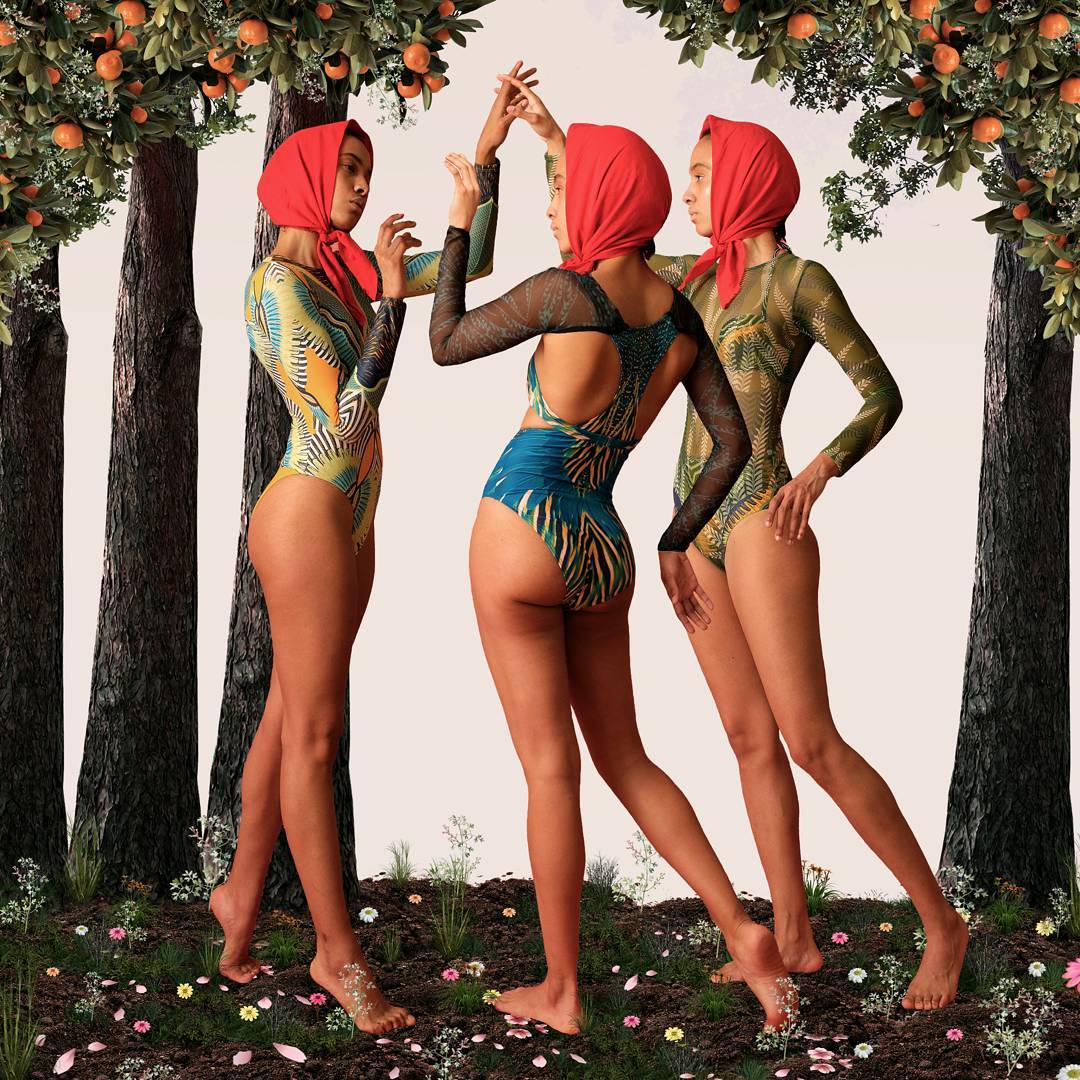
On how Nigeria, specifically, plays a role in his work on a larger scale.
I don’t know, man. The sky is the greatest backdrop ever—the sky and water. I think that has to do with the Renaissance thing, too, in a way. For a period, I was just fascinated with water and open space in general. My goal is definitely to just have a large plot of land and build a nice, one-level house. I feel like space allows you to have perspective. There was a period where I was very into the minimalism part of photography, so all my pictures were framed in the bottom third of the image, but now I try to create space in other ways, even on social media. Every time I think my Instagram is feeling cluttered, I try to pick lighter colours—maybe blue, or something—and post pictures of open spaces. This is when I was really attached to my Instagram. I used to just sit, look up, and just watch clouds go by.
Read his full interview on www.vice.com
